Hypoxic Training Is Beneficial in Elite Athletes
Résumé
There is no doubt that many hypoxic conditions or prolonged exposures to altitude result in “biological costs of hypoxic adaptations that outweigh their benefits” (1), particularly in endurance athletes exposed to a) exercise-induced arterial hypoxemia leading to a larger decrease in VO2max and aerobic endurance; b) increased sympathetic activity and decreased baroreflex sensitivity; and c) increased pulmonary arterial pressure. There is also no doubt that sleeping in moderate altitude (2000-3000 m) as performed by the athletes using either live high-train high (LHTH) or live high-train low (LHTL) methods leads to periodic breathing, intermittent hypoxia (IH) and increase in desaturation periods; e.g. 3% oxygen desaturation index, but to a larger extent in hypobaric hypoxia (HH, real altitude) than in normobaric hypoxia (NH, simulated altitude), as shown at 2250 m (2).
The three main questions debated in the present contrasting perspective are however different: 1. Are there any evidences showing if the “counteracting maladaptation” (reported above) outweigh the benefits of the different hypoxic methods at short- or long-term in elite athletes? ; 2. Are there any robust data supporting that hypoxic training is beneficial in elite athletes? ; 3. Contradictory, are there robust data showing that hypoxic training is not beneficial in elite athletes?
Fichier principal
 Millet_MSSE20ip_Hypoxic training is beneficial in elite athletes.pdf (483.84 Ko)
Télécharger le fichier
Millet_MSSE20ip_Hypoxic training is beneficial in elite athletes.pdf (483.84 Ko)
Télécharger le fichier
Origine : Fichiers produits par l'(les) auteur(s)
Loading...
